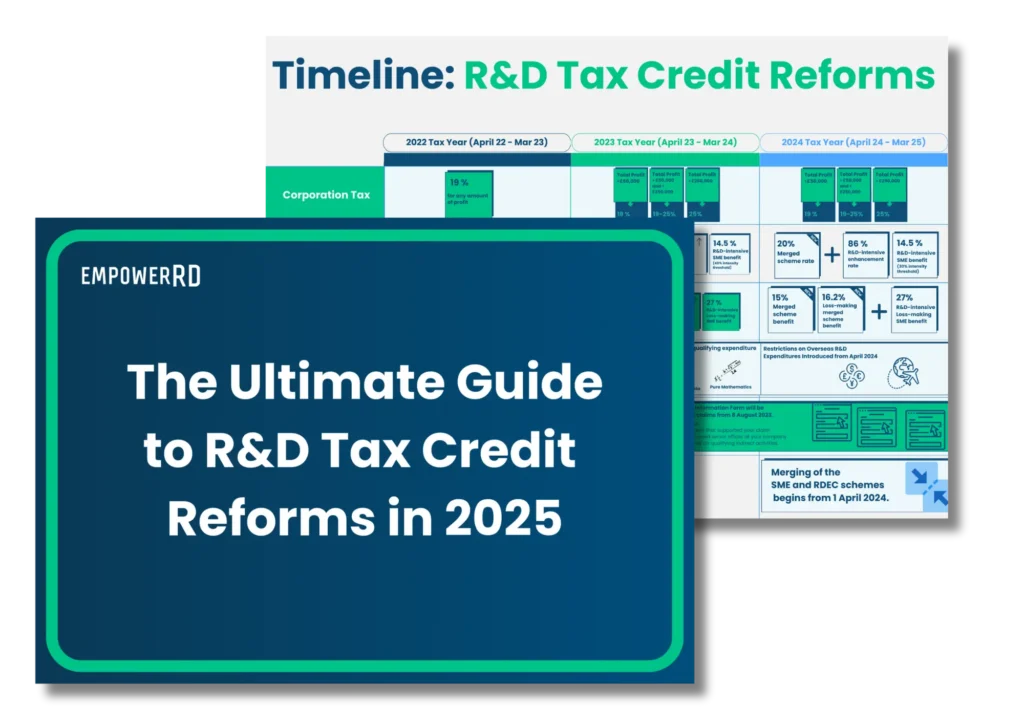R&D is no longer a back-office function. For UK startups and scale-ups, it is the frontline of growth, and investors know it.
According to our UK Innovation Report 2025, an overwhelming 92% of investors consider R&D tax credit vital to portfolio growth, with 41% going further to say many of their startups would not survive without it. This isn’t just a sign of confidence in the scheme; it highlights how central innovation incentives have become to the UK’s venture landscape.
From passive funders to active partners
Gone are the days when investors were silent partners with deep pockets. Today, 96% say they are actively involved in shaping R&D strategies across their portfolios. Half provide hands-on guidance, ensuring R&D is aligned not only with technical goals but also with commercial outcomes.
This shift matters. Investors are increasingly looking beyond lab breakthroughs, measuring success in terms of revenue growth (62%), valuations, and market traction. R&D is now framed as a boardroom priority and its investors who are holding founders accountable for delivering.
Risks shaping investor appetite
Of course, backing innovation comes with risks. Nearly half of investors (48%) point to regulatory uncertainty as their biggest concern, followed by scaling challenges (44%) and IP protection (43%). HMRC’s complex compliance environment adds further pressure: 88% of investors now expect regular updates on the status of R&D tax claims from their portfolio companies.
Investors perceptions of R&D tax credits
Hover over each bar to see more insight.
As Hari Sandhu, our founder, puts it:
“R&D is no longer a back-office function, it’s a frontline strategy. Investors and founders alike understand that to lead in fast-moving industries, you need smart capital, robust strategies and streamlined access to R&D incentives. This data shows the foundation is there, but it’s time to accelerate.”
The virtuous cycle of R&D tax credits
The way investors expect R&D tax credits to be used is telling. 60% report credits are reinvested directly into further innovation, creating a cycle where tax relief fuels the very breakthroughs it was designed to support. Another 52% see it extending its operational runway, while 40% note companies hold the benefit in reserve to weather uncertainty.
How investors expect credits to be used
Hover over each bar to see how companies apply the funds.
Why it matters now
The message is clear: R&D incentives are not peripheral to investment strategy; they’re pivotal. With capital flowing into AI (69%), clean energy (44%), and biotech (39%), startups in these sectors will find themselves under growing pressure to deliver defensible, compliant, and ambitious R&D strategies.
Where investors direct R&D focus
Hover over each bar to see sector priorities.
For founders, the takeaway is very clear. Investors aren’t just looking at what you build. They want visibility into how you build; your processes, governance, and compliance readiness.
At EmpowerRD, we believe this alignment of investor scrutiny and government support can unlock a new phase of UK innovation; provided businesses embrace digital-first compliance and use R&D tax credits as a springboard, not a safety net.
Download The UK Innovation Report 2025 to see how your business compares.







